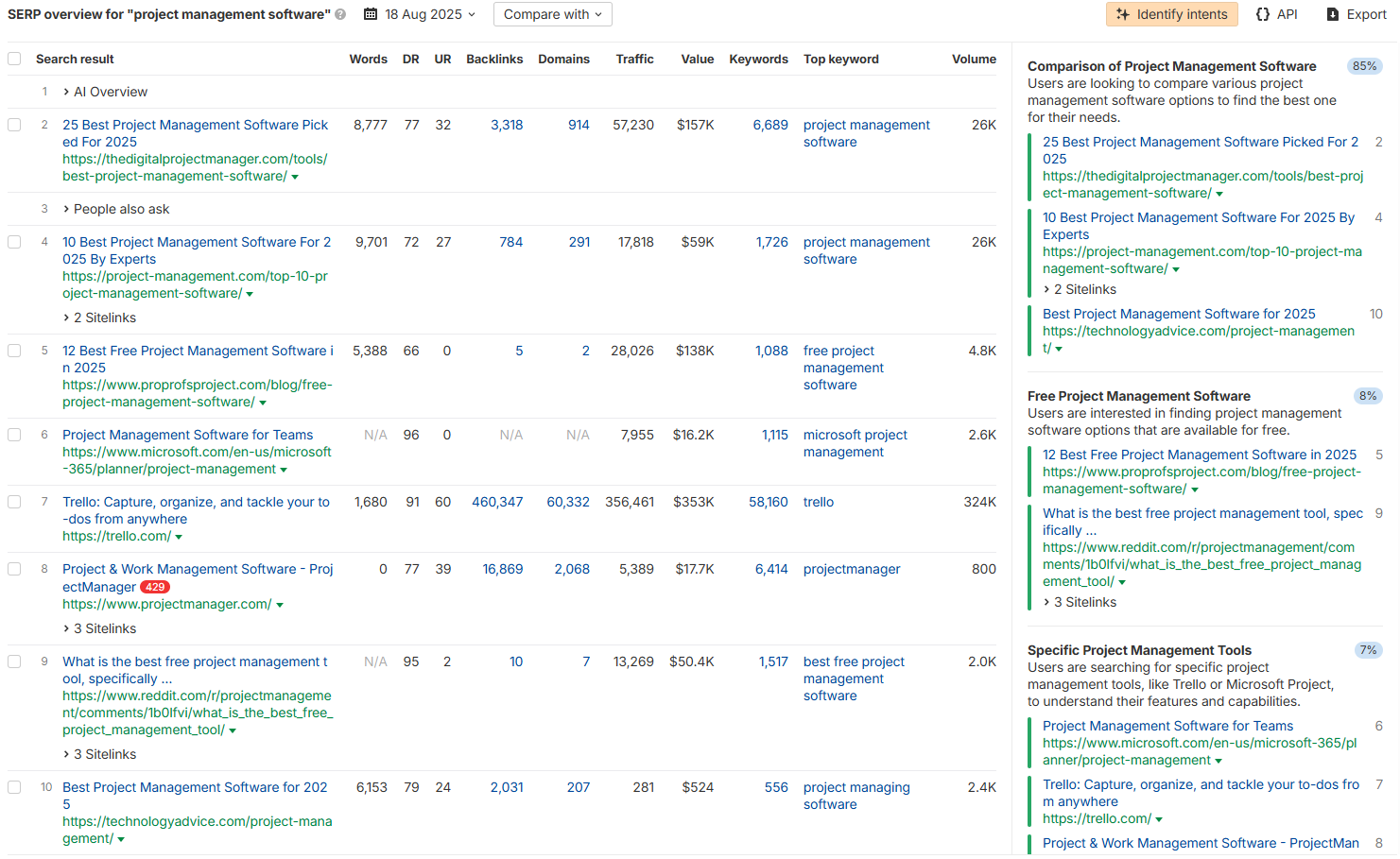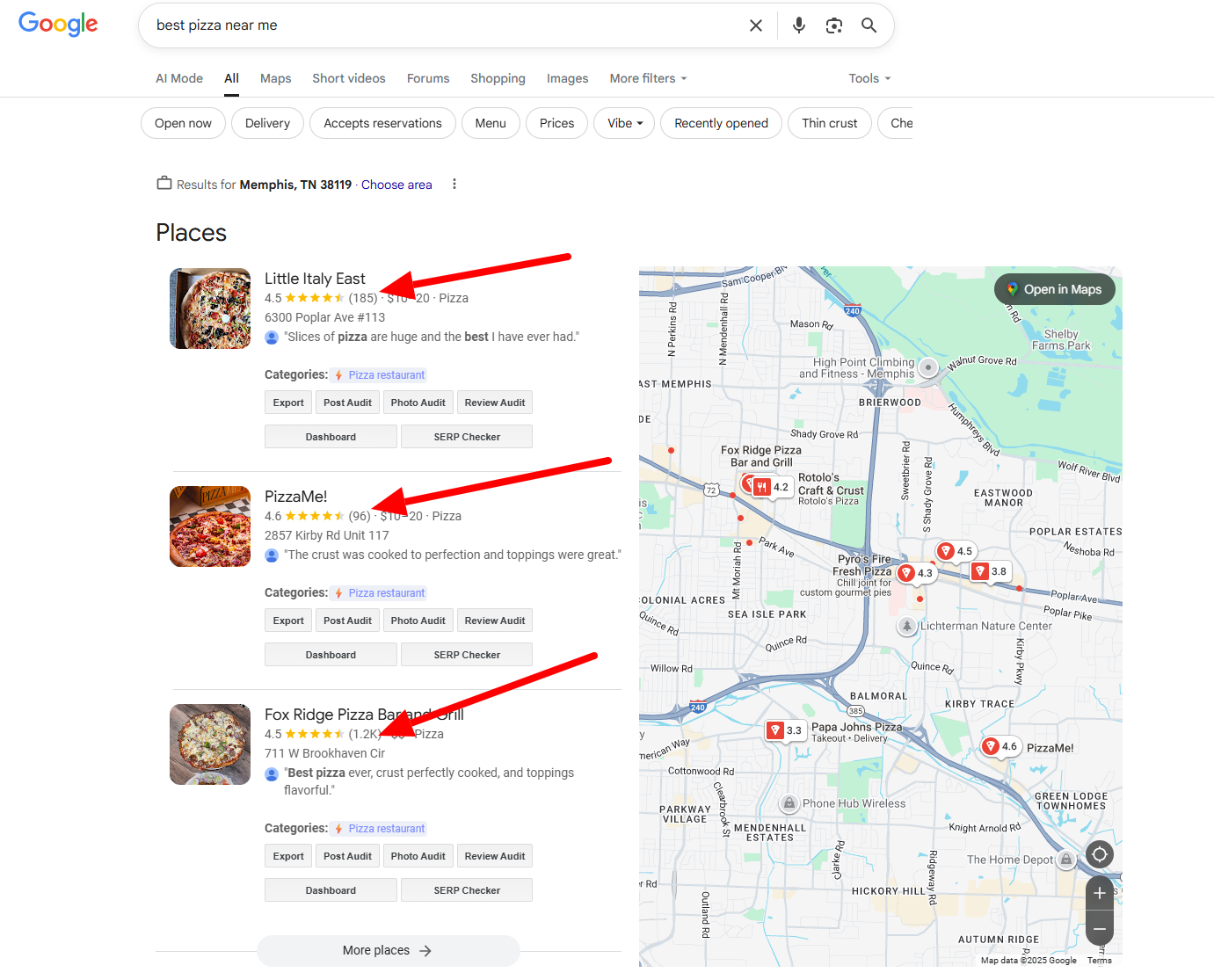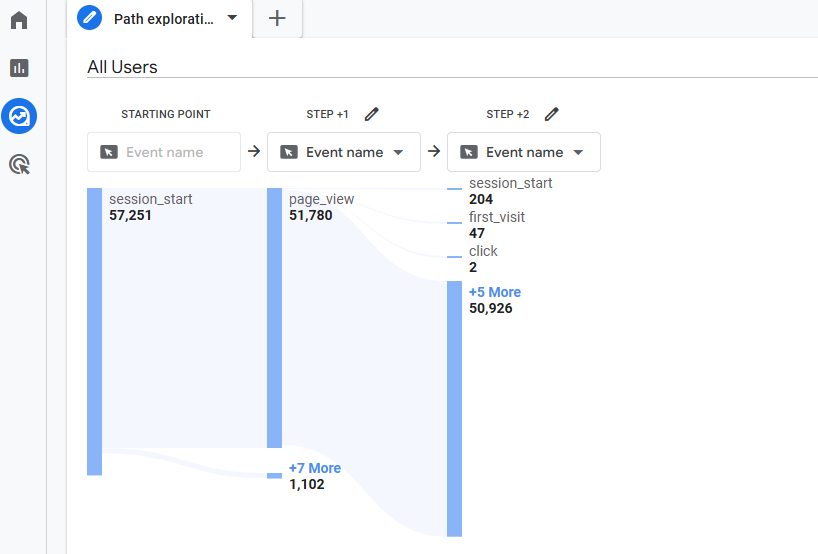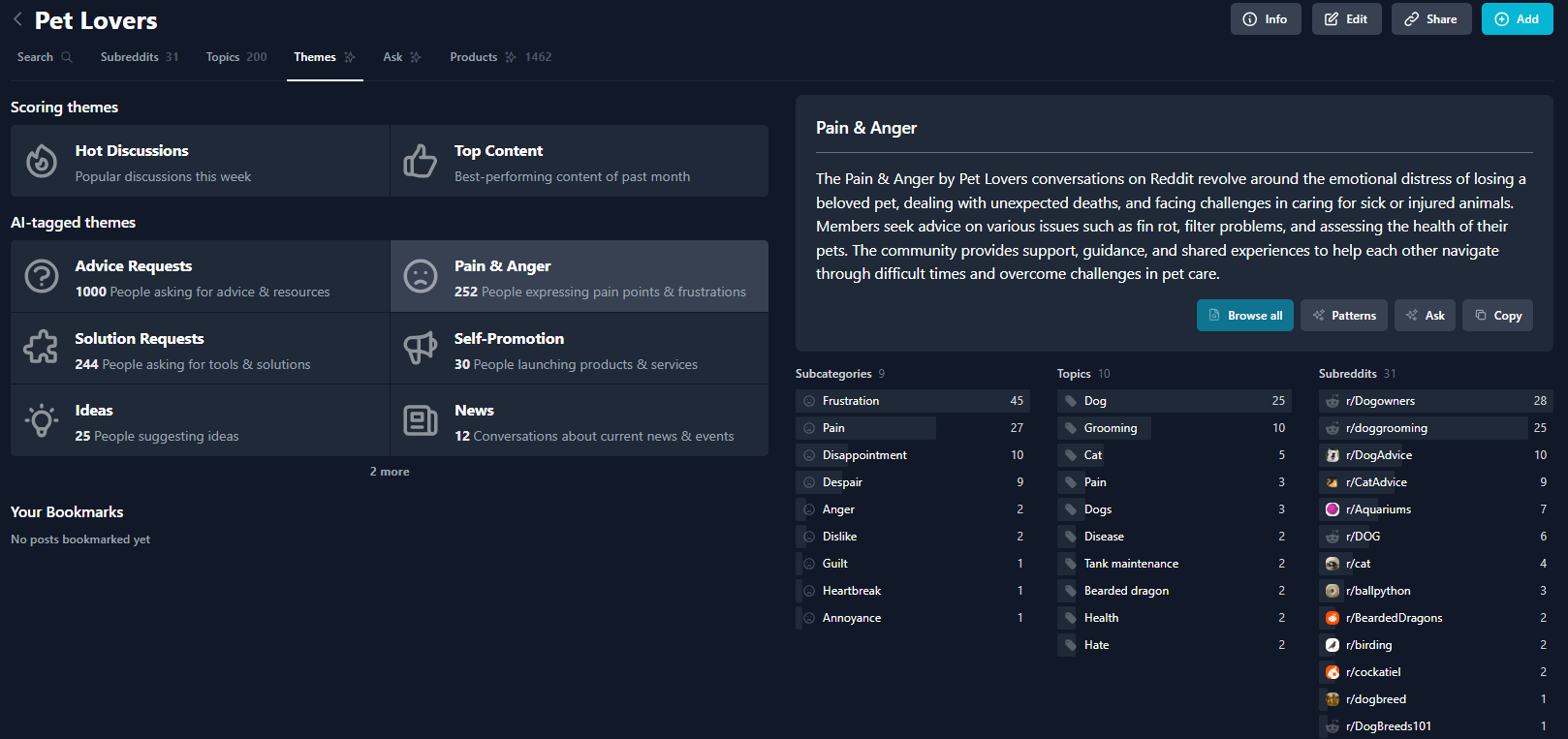What if your SEO strategy could predict what customers want before they even search?
The shift from keyword-centric to behavior-driven SEO is important. When you understand why people search, not just what they search for, your content naturally becomes more relevant and your performance more sustainable.
Google processes over 5 trillion searches annually, and many of those queries are completely new. This means traditional keyword research tools miss a massive chunk of actual search behavior. Your customers use language that feels natural to them, not how marketers think they should search.
Here’s how to tap into real customer behavior to build an SEO strategy that actually converts.
Table of Contents
Why Customer Behavior Trumps Keyword Volume
Your customers aren’t randomly clicking through Google results; they’re following predictable patterns based on intent, device, and context. Understanding these behaviors is the difference between traffic that bounces and traffic that converts.
Consider this scenario: Two people search for [project management software]. Person A searches at 9 A.M. on desktop, spends 8 minutes reading comparison articles, then bookmarks three vendor pages. Person B searches at 6 P.M. on mobile, skims for 30 seconds, then closes the tab.
Same keyword, completely different intent and behavior. Person A is researching for their team; Person B probably got distracted during a meeting and needs a quick answer.
When you analyze “project management software” in the SERPs today, Google reveals three distinct user intents:
 Screenshot by author, August 2025
Screenshot by author, August 2025- Comparison seekers want comprehensive feature-by-feature analysis of multiple tools.
- Budget-conscious users specifically need free options and pricing information.
- Tool researchers are investigating specific platforms like Trello or Microsoft Project.
This split intent validates creating separate content pieces rather than trying to serve everyone with one page. You might develop:
- “15 Best Project Management Software Tools Compared (2025)”
- “Free Project Management Software: 8 Tools That Don’t Cost a Dime”
- Individual tool reviews like “Trello Review: Features, Pricing & Best Use Cases”
Each piece targets the same root keyword but serves a specific behavioral intent that Google is already rewarding with page one rankings.
The Psychology Behind Search Patterns
Search behavior follows cognitive patterns that smart marketers can leverage. Anchoring bias means the first piece of information users see heavily influences their decisions. If your search snippet promises “complete guide,” but your page starts with a sales pitch, you’ve broken their mental model.
Social proof bias drives local search behavior especially hard. When someone searches [best pizza near me], they’re not just looking for pizza; they’re probably also looking for validation that others think it’s good, too. Your content should acknowledge this psychological need.
 Screenshot from search for [best pizza near me], Google, August 2025
Screenshot from search for [best pizza near me], Google, August 2025How To Collect Customer Behavior Data That Actually Matters
The best behavior insights come from combining quantitative data with qualitative feedback. Here’s a systematic approach:
Start With Your Existing Analytics
Google Analytics 4 Path Exploration shows how users navigate your site. Look for patterns like:
- Which blog posts lead to product page visits.
- Where users drop off in your conversion funnel.
- What content keeps visitors engaged the longest.
 Screenshot from support.google.com, August 2025
Screenshot from support.google.com, August 2025Google Search Console can reveal the gap between what you optimize for and what people actually search. Export your query data monthly and look for:
- Long-tail variations of your target keywords.
- Questions you haven’t answered yet.
- Seasonal shifts in search language.
Pro tip: Sort queries by impressions, not clicks. High-impression, low-click queries (aside from highlighting a dominance of SERP features, or AI Overview summaries) often reveal content gaps where you’re visible but not compelling.
Add Heat Mapping And Session Recording
Tools like Hotjar or Microsoft Clarity (free) show you where users actually click, scroll, and abandon pages.
I once worked with an ecommerce client whose heatmaps revealed users repeatedly clicking on product images that weren’t linked to detail pages. We added those links and saw a 23% increase in product page visits within two weeks.
Mine Your Customer Service Data
Your support team handles the questions your website doesn’t answer. Export tickets from the past quarter and categorize them by topic. Common support questions often represent high-value, low-competition search opportunities.
If you’re getting 20 tickets per month about “how to integrate with Slack,” that’s content your competitors probably aren’t creating yet.
Listen To Social Conversations
Monitor industry hashtags, Reddit threads, and LinkedIn discussions in your space. Social media language is usually more casual and authentic than what people type into search; it’s where people complain about real problems using the exact words they’ll later search for solutions.
Reddit is particularly valuable because users share unfiltered frustrations and solution requests. Tools like GummySearch help you cut through Reddit’s noise by surfacing curated content themes like “Pain & Anger” and “Solution Requests” within your target audience communities.
Instead of manually scrolling through thousands of posts, you get direct access to the exact language your customers use when they’re frustrated.
 Screenshot from GummySearch by author, August 2025
Screenshot from GummySearch by author, August 2025These authentic conversations reveal content opportunities that traditional keyword research misses.
When someone posts “I can’t believe there’s still no simple way to sync data between these platforms,” that frustration will likely become search queries like “easy data sync tools” or “simple platform integration” within weeks.
Translating Insights Into SEO Opportunities
Raw data means nothing until you turn it into actionable content strategies. Here’s how to connect behavior patterns to search opportunities:
Map Content To Customer Journey Stages
Your behavior data reveals different intent patterns that map to specific journey stages:
| Awareness Stage | Consideration Stage | Decision Stage |
|---|---|---|
| Broad, educational searches | Comparison and evaluation searches | Specific product/vendor searches |
| “Why do small businesses need CRM software?” | “HubSpot vs. Salesforce for small teams” | “HubSpot pricing plans 2025” |
| Focus on educational content with minimal promotional elements | Create detailed comparisons with pros/cons | Optimize for conversion with clear CTAs |
| Internal links should guide toward mid-funnel content | Include pricing, features, and use case scenarios | Address common objections directly |
Identify Content Gaps Through Competitor Analysis
Use Ahrefs or Semrush to analyze competitor content, then cross-reference with your customer behavior data. Look for topics where:
- Competitors rank well, but their content doesn’t match user intent.
- You have unique customer insights they’re missing.
- Your support data reveals questions they don’t address.
For example, if competitor articles about “email marketing automation” focus on features but your customer interviews reveal people struggle with setup, create implementation-focused content instead.
Optimize For Behavior-Based Keywords
Traditional keyword research starts with seed terms and expands outward. Behavior-driven research starts with customer language and searches for gaps.
- Instead of: “Best email marketing software”
- Try: “Easy email marketing setup for non-technical founders”
The second phrase has lower search volume but higher intent alignment. Someone searching for [easy setup] has different needs than someone searching for [best software].
Create Dynamic Content Formats
Your analytics reveal format preferences by device, time, and topic:
- Mobile users during commute hours: Scannable lists and quick tips.
- Desktop users during work hours: Detailed guides and tutorials.
- Weekend browsers: Visual content and case studies.
Don’t create one piece of content and hope it works everywhere. Adapt format to behavior patterns.
Measuring What Actually Moves The Needle
Behavior-driven SEO requires different success metrics than traditional approaches. Rankings matter less than engagement and conversion alignment.
Track Engagement Quality, Not Just Quantity
Traditional SEO celebrates traffic volume, but behavior-driven strategies focus on how well that traffic matches customer intent.
Average session duration becomes a strong indicator of content relevance. When someone spends 8 minutes reading your guide instead of bouncing in 30 seconds, you’ve aligned content with search intent. The key is tracking improvements over time rather than hitting arbitrary benchmarks.
Bounce rate tells a different story when you segment by traffic source. A high bounce rate might be terrible for targeted organic traffic, but completely normal for broad brand searches.
Compare your targeted organic bounce rate against your own baseline rather than industry averages. If you’re seeing consistent improvement month over month, your content is becoming more aligned with user expectations.
Pages per session reveals engagement depth and site navigation effectiveness. Users who visit multiple pages during a session are actively exploring your content ecosystem, suggesting strong topical authority and effective internal linking strategy.
Goal completion rates vary dramatically by industry and funnel complexity, so focus on your own conversion trends rather than external benchmarks. A B2B software company’s “good” conversion rate looks completely different from an ecommerce site’s performance.
Monitor Search Query Evolution
Your target keywords evolve as customer language changes, industry trends shift, and new problems emerge. Set up monthly Search Console exports to track these patterns systematically. New long-tail variations often appear before keyword tools catch them.
Seasonal language shifts reveal opportunities that competitors miss. B2B software searches change dramatically between the Q4 budget planning season and the Q1 implementation periods. Ecommerce terms shift from “best products” in research phases to “deals” and “discounts” during purchase windows.
Pay attention to emerging competitor terms appearing in your query data. When people start searching for “[competitor name] alternative” or “[your product] vs. [new competitor],” you’re seeing market shifts in real-time.
A/B Test Based On Behavior Insights
Your behavior data generates testing hypotheses that go far beyond traditional “red vs. blue button” experiments. Test different content depths for mobile and desktop users; mobile visitors often prefer scannable summaries, while desktop users engage with comprehensive guides. Experiment with heading structures based on user scanning patterns revealed in your heatmap data.
I recently helped a SaaS client test two versions of their pricing page. Version A used traditional feature comparisons organized by product tier. Version B addressed specific use cases revealed through customer interviews, such as scenarios like “growing startup needs better lead tracking” and “enterprise team wants advanced reporting.”
Version B increased conversions by 34% because it matched how customers actually think about solutions rather than how the product team organized features.
Set Up Feedback Loops
Customer behavior evolves constantly, so your measurement strategy needs systematic review cycles.
Create a monthly rhythm where Week 1 focuses on analyzing Search Console and Analytics data for new patterns. Week 2 involves reviewing customer service tickets and social media mentions for emerging language trends. Week 3 is for testing new content approaches based on fresh insights, while Week 4 handles planning next month’s content calendar around discovered opportunities.
This cycle keeps you responsive to behavior changes rather than reactive to ranking drops. Economic shifts, social trends, and industry developments all impact search patterns faster than traditional SEO tools can track them.
The Bottom Line
Behavior-driven SEO isn’t about abandoning keywords; it’s about understanding the humans behind every search query. When you align your content strategy with actual customer actions and intentions, engagement improves naturally and conversions follow.
Start by really listening to your customers through data, support interactions, and direct feedback. Your most successful content will come from solving real problems using language your audience actually uses.
Your customers are already telling you what they want; you just need to pay attention.
More Resources:
- Beyond SEO: Why Search Data Is Powerful Market Intelligence Data
- From Search To Discovery: Why SEO Must Evolve Beyond The SERP
- SEO Trends 2025
Featured Image: tadamichi/Shutterstock


